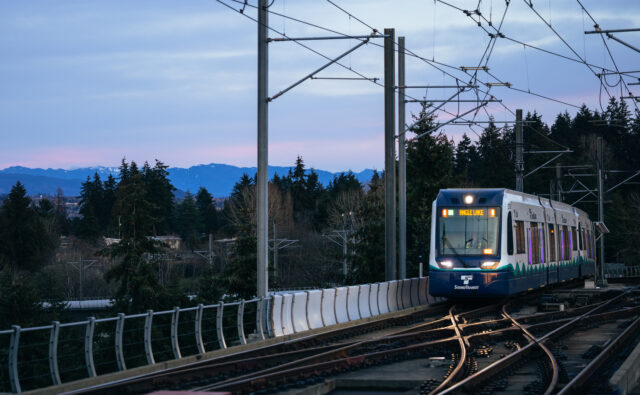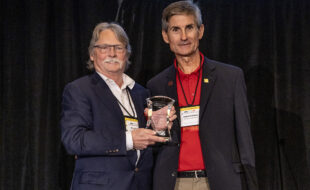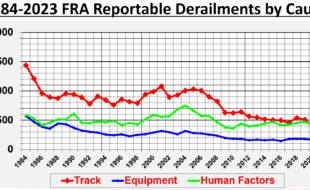Mike Roney Receives the 2025 Worth Award
by Jeff Tuzik Wheel Rail Seminars named Mike Roney, Principal of Iron Mustache Consulting, and retired General Manager, Track and Structures and Chief Engineer with Canadian Pacific, the recipient of the 2025 Worth Award. The award, presented at the annual Wheel/Rail Interaction Heavy Haul conference, is named for Art Worth, the …



















